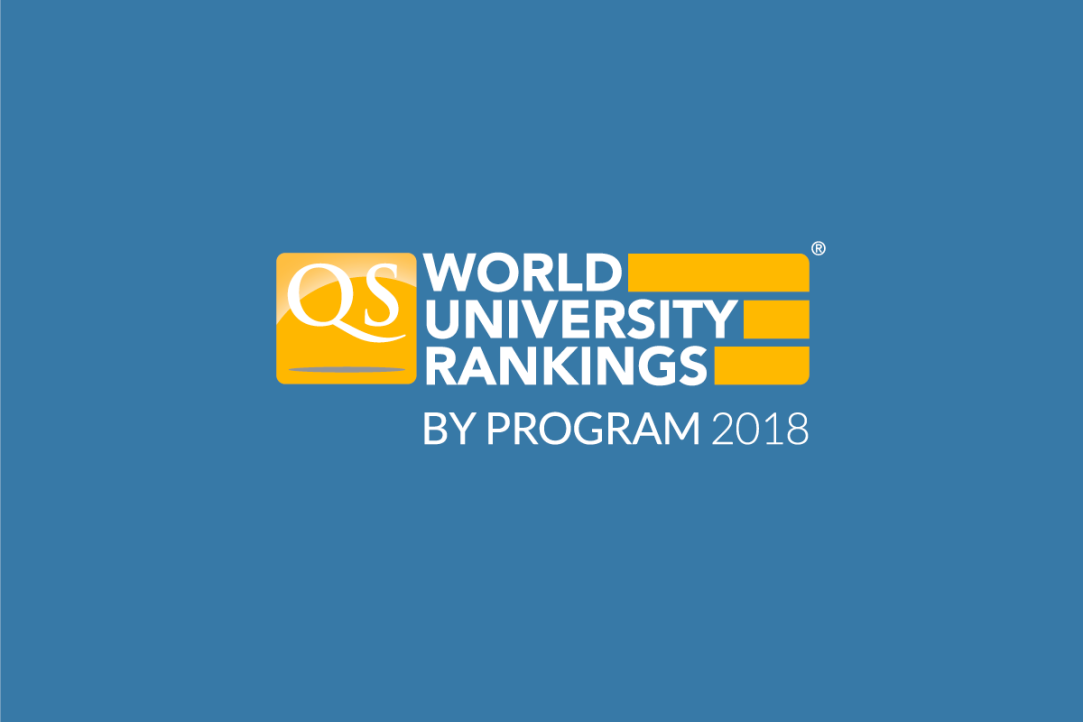MIB Program Makes QS Best Business Masters Ranking
Master of International Business programme has entered the QS Business Masters Ranking in Management. Published for the first time, the ranking is based on an analysis of over 300 universities from more than 40 countries.

The programme in International Business has taken 97th place among the best Master’s programmes in management. It is 54th and 62nd in ‘diversity’ and ‘thought leadership’, respectively.
Irina Kratko, academic supervisor of the programme, said, ‘We are happy and proud that the HSE MIB programme, which has turned five years old, has made it to the prestigious international QS ranking. I would like to emphasize the young age of the Master’s programme. This comes as an acknowledgement of a properly selected, clear concept for the programme and well-advised tactics to implement it. We initially treated the launch of the programme as an international start-up, with an innovative idea and an ambitious goal that are integral for such an enterprise. As a start-up, we have been setting certain benchmarks and have been successfully achieving them. During the testing phase, in the first years after the launch, enrolment was growing rapidly, by 50-70% annually, which was the first check for success. The number of international students was also growing considerably. A year ago, the programme was the first at HSE to be accredited by AKKORK, which brings international recognition by employers. I believe that secrets of our success include a balanced multidisciplinary curriculum; compliance with the international MIB model on one hand and its unique interpretation on the other; and a consolidated team of enthusiastic teachers, most of whom are top executives at international companies'.
The methodology of the QS masters ranking differs vastly from the methodologies of the QS institutional/subject rankings, whilst it is based mostly on the data used by these rankings as well. The ranking is based on five indicators, each of which may earn from 1 to 100 points: Employability, Alumni Outcomes, Value for Money, Thought Leadership, and Class & Faculty Diversity. The indicators are calculated using information provided by the universities, surveys among employers and academic experts, Scopus, lists of top executives (Forbes and over 100 other similar lists), and the Mercer Cost of Living City Index.
Source

